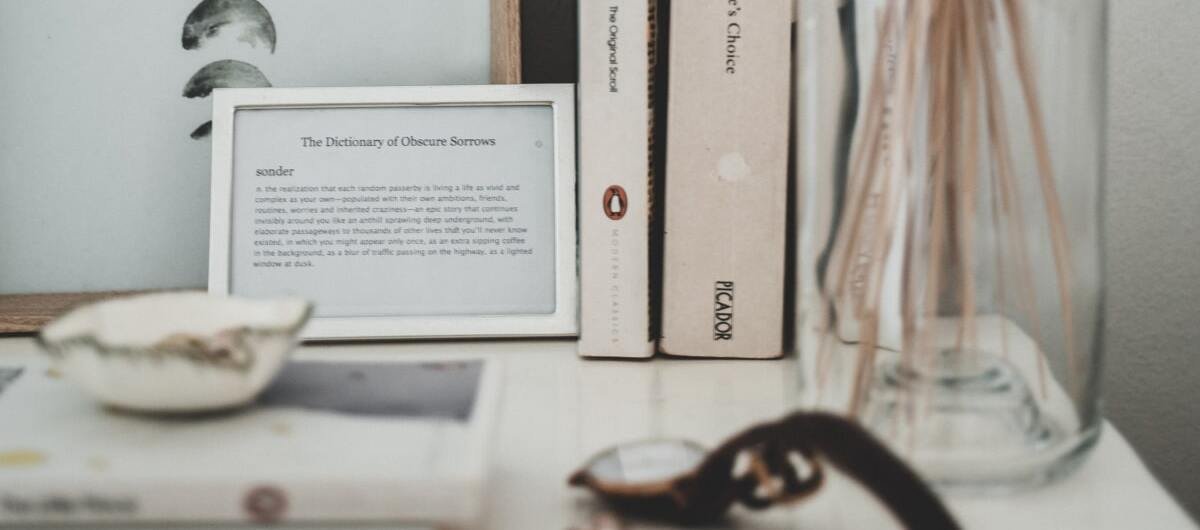Victorian houses are works of architectural beauty that ooze charm, history, and luxury. With their ornate detailing, high ceilings, stained glass windows, and intricate woodwork, these houses are the fantasy of interior designers. Yet, merging Victorian styles with contemporary practicality is challenging. If you’re on the lookout for the ideal Victorian house or seeking to restore one, this guide will assist you in embracing its elegance while making it functional for the lifestyle of today.
Table of Contents
ToggleWhy Buy a Victorian House?
- Victorian houses (in fashion between Queen Victoria’s reign, 1837-1901) are characterized by:
- Elaborate Detailing – Intricately molded woods, ceiling roses, and plasterwork trims.
- Bold Hues & Patternings – Dusky furnishings, rich-patterned wallpapers, and ornate tilework.
- Impressive Staircases & Tall Ceilings – Opening up a large feeling of style and luxury.
- Stained Glass & Bay Windows – Providing ambiance and daylight.
- These houses have a story to tell, and with the proper interior design strategy, you can retain their heritage while making them suitable for contemporary living.
Your time is limited, so don’t waste it living someone else’s life. Don’t be trapped by dogma which is living with the results of other people’s thinking. Don’t let the noise of others’ opinions drown out your own inner voice.
By Steve Jobs
How to Update a Victorian House Without Losing Its Character
- Honor the Original Architecture
Prior to implementing significant changes, recognize and retain significant Victorian features such as fireplaces, cornices, and original flooring. Restoration, not replacement, ensures authenticity.
- Mix Old & New Furniture
Combine antique furniture and modern pieces to achieve a balanced effect. A minimalist modern sofa in a Victorian-era living room, paired with an elaborate vintage mirror, is a bold yet harmonious combination.
- Refresh the Color Scheme
Though Victorians embraced dark, dramatic colors, contemporary tastes prefer lighter, airy rooms. Pale neutrals with bold accent walls (rich greens, navy blues, or burgundies) retain the Victorian flavor but feel new.
- Contemporary Lighting in Period Fixtures
Chandeliers and wall sconces are common in Victorian houses. Upgrade them with LED lighting or new designs that reflect vintage styles for increased energy efficiency without compromising looks.
- Open Up Rooms (Where Possible)
Compartmentalized rooms are common in many Victorian houses. If changes to the structure are permitted, consider opening up the kitchen or living rooms for an improved contemporary flow while preserving period details such as archways.
- Upgrade Kitchens & Bathrooms Thoughtfully
A Victorian-style kitchen might feature modern appliances hidden behind custom cabinetry that resembles old-fashioned designs. In bathrooms, clawfoot tubs with sleek, contemporary fixtures set the stage for a perfect blend.
When searching for a Victorian home

Most cities boast of having beautifully preserved Victorian neighborhoods, where streets of heritage homes display intricate architecture and ageless charm. San Francisco’s “Painted Ladies,” London’s Notting Hill, and Boston’s South End are renowned for their well-preserved Victorian houses. Residents of such areas are part of a community that respects history, with strict preservation regulations guaranteeing the homes their original character.

Purchasing a Victorian house is expertise-intensive, since these houses typically present with peculiar factors such as restoration requirements or preservation legislation. Specialist estate agents know the idiosyncrasies of period homes, ranging from evaluating the integrity of buildings to managing conservation legislation. They will guide you in locating off-the-beaten-path treasures, facilitate equitable deals, and introduce you to period-specialist builders. Engaging a heritage house specialist will get you through a more efficient acquisition and a property that fully fits your imagination.
How to make a Sofa looks bigger & beautiful

